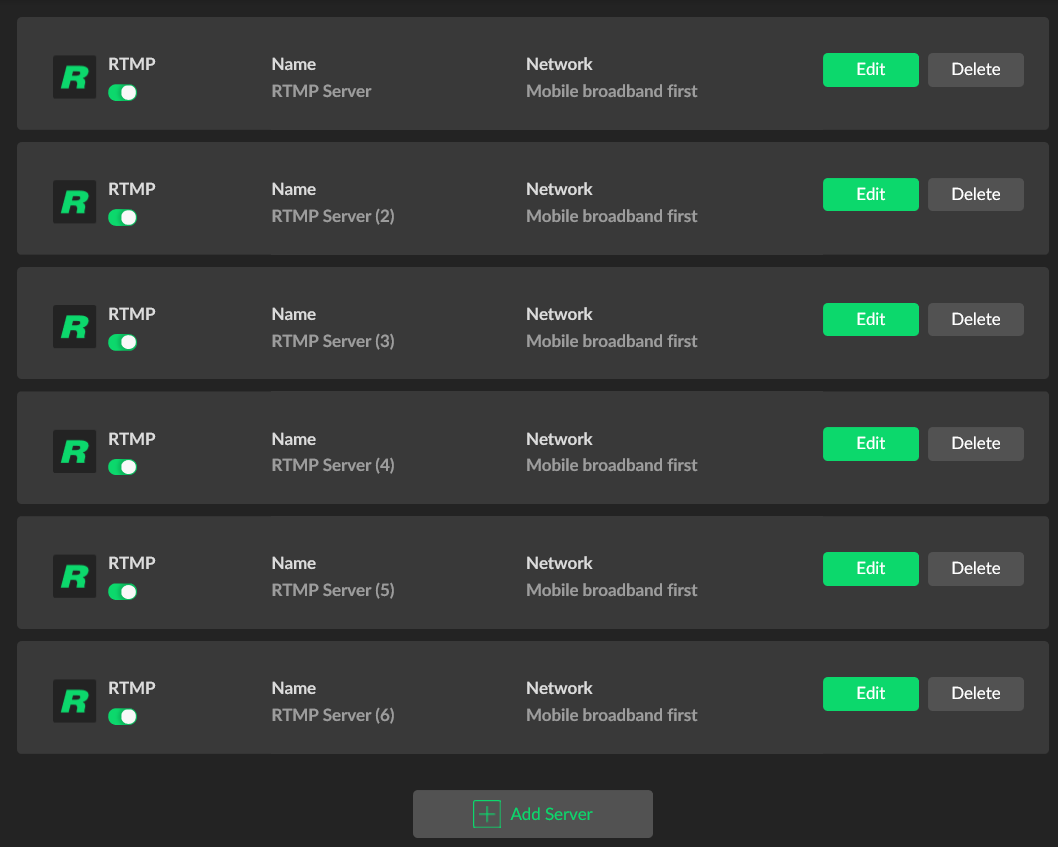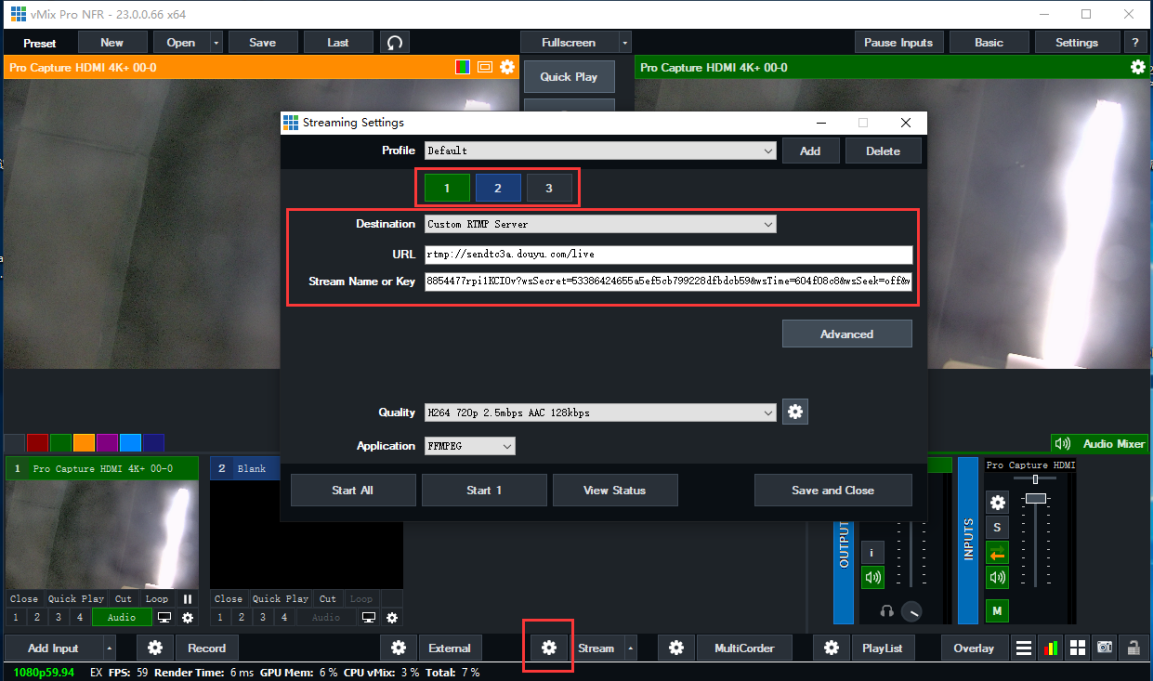Introduction to Multistreaming
Live streaming has become mainstream. Almost every social media platform now offers a live streaming option, with each platform having its own unique advantages and audience types. Multistreaming (going live to multiple platforms simultaneously, also known as multiple-destination streaming) can make your content accessible to more viewers. This blog will provide an overview of what multistreaming is; the benefits of multistreaming; and how to perform multistreaming.
What is multistreaming?
Multistreaming is the process of streaming live video to multiple platforms or destinations simultaneously. You only need to create one stream, and then stream it to multiple destinations such as Facebook, YouTube, Twitch or custom RTMP locations.
Benefits of multistreaming
1. Expand your reach
The more platforms you multistream to, the more opportunities you create to connect with your audience. You also no longer have to choose between mainstream and niche platforms, since you can use both to showcase your videos.
2. Reduce time and effort
With multistreaming, you can avoid broadcasting the same content many times. Multistreaming to multiple platforms saves significant time and effort compared to streaming to each platform one by one.
3. Better understand your audience's preferences
You can use each distribution platform's analytics tool to learn about your audience’s demographics and the types of content they are interested in. For example, if you usually stream gameplay to Twitch, you may also try multistreaming to YouTube and discover that your stream is well-received by that audience too. In this way, multistreaming can help you understand the platforms where your target audience is most active, so you can focus on increasing your presence on those platforms.
4. Make viewing more convenient for your audience
Multistreaming is not only good for you as the content creator, but also for your audience. Through multistreaming, viewers can watch content on their preferred platform, and you don't have to direct your audience to a specific platform.
How to multistream
There are a variety of multistreaming approaches and solutions that you can choose from based on your streaming requirements, preferences and resources. Three such options include:
1. Multistreaming hardware encoders
Magewell's Ultra Encode and Ultra Stream encoders can easily and reliably stream to up to 6 destinations simultaneously, and can work independently to execute complex streaming tasks. Generally speaking, hardware encoders may cost more than software-based encoders but offer consistent encoding performance, although as always, the quality of the stream will depend on your internet bandwidth.

2. Multistreaming software
Software such as vMix and Wirecast allows you to multistream to multiple destinations. It should be noted that the more simultaneous streaming destinations you have, the higher your CPU processing performance and network bandwidth requirements will be. This increases the possibility of issues such as dropped frames or buffering, and may also impact the encoding quality of your streams. Therefore, if you want to use software for multi-platform live streaming, ensure that your computer is sufficiently powerful and that you have enough available network upload bandwidth.

3. Cloud-based multistreaming platforms
Unlike the above two solutions, cloud-based platforms do not require hardware encoders or software with multi-channel streaming, and you only need to worry about sufficient bandwidth for a single stream. With cloud-based multistreaming solutions, one source stream is sent to the cloud platform, which then re-streams it to the additional locations. Although some latency will be added, it is negligible in most scenarios. The streaming protocol conversion function of the Magewell Cloud software can convert streams bi-directionally between RTMP and SRT. It also allows users to push a single RTMP stream to Magewell Cloud, which is then copied into multiple streams by Magewell Cloud and pushed to multiple destinations.
